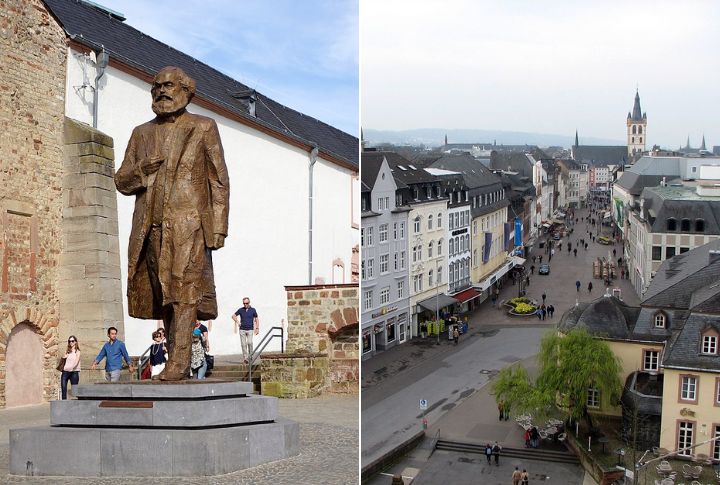
Have you ever wondered which city could give Rome a run for its money in ancient allure? It’s Trier, Germany’s oldest city, where history isn’t just in the books; it’s literally under your feet! From UNESCO wonders to the birthplace of Karl Marx, Trier has a lot of secrets you might not know. Here are ten hidden facts about the history of this world heritage city.
Trier’s Ancient Origins: A City Older Than Rome
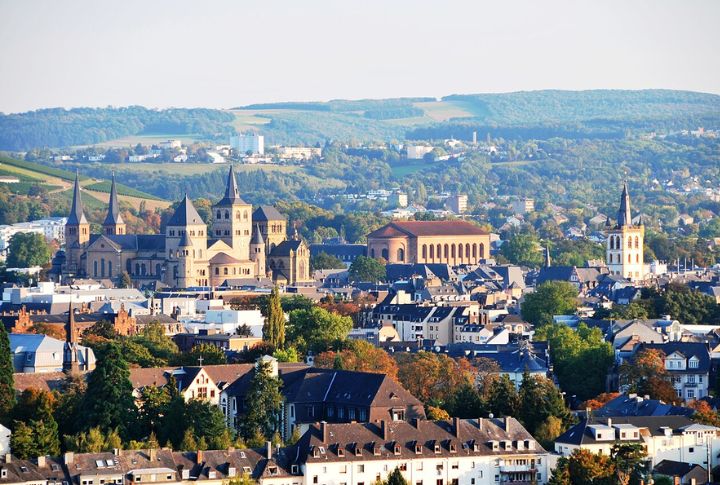
While Rome often steals the spotlight, Trier has been standing strong since long before the Romans wrapped up their reign. Founded around 16 BC, this city is packed with ancient artifacts and ruins, outdating even the Eternal City. And yet, it remains one of history’s best-kept secrets!
The Imperial Baths: Where Emperors Once Bathed
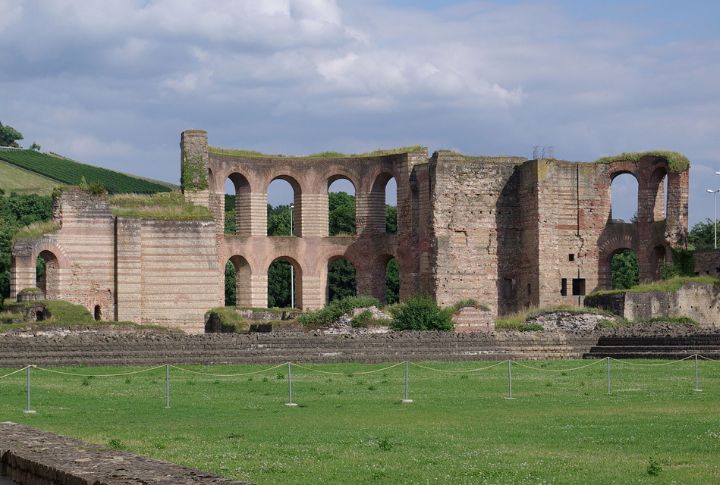
Imagine taking a bath where Roman emperors once did! The Trier Imperial Baths (Kaiserthermen) are more than old ruins; they are proof of Roman engineering and luxury. These baths were once among the largest in the empire, and today, they paint a vivid picture of imperial opulence.
Trier’s Vineyards: Sip Through Millennia of Tradition

Did you know Trier is a haven for oenophiles? Its vineyards have been producing liquid gold since Roman times. This city takes its drink so seriously that it has a Mosel-Wein-Fest, which is one of the oldest vino festivals in Germany. Cheers to that!
Porta Nigra: A Gateway to 1,800 Years of History

Step through the Porta Nigra, and you’re stepping back over 1,800 years. This blackened gate is not only a marvel of ancient architecture but also the city’s stoic guardian through centuries. Its dark stones tell tales of a time when Romans ruled the roost here.
Trier Cathedral: Home to the Holy Robe
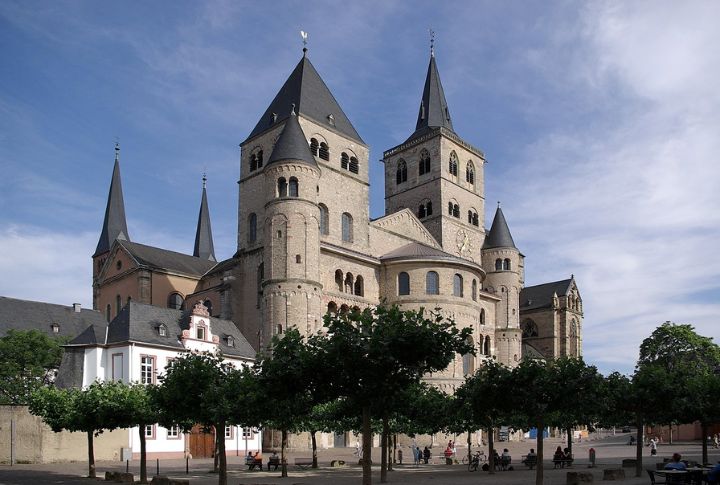
Inside Trier Cathedral is a priceless treasure: the Holy Robe, which was thought to have been worn by Jesus. Whether you’re interested in history or love a good story, this famous relic adds a mystical element to the cathedral’s rich history.
Karl Marx’s Birthplace: Tracing Revolutionary Roots

Marx’s revolutionary theories, which later influenced politics and economics worldwide, started to form right in Trier. The revolutionary thinker was born here in 1818. His childhood house is now a fascinating museum that displays personal items, letters, and documents from his early years.
The Witch Trials of Trier: A Dark Chapter in History
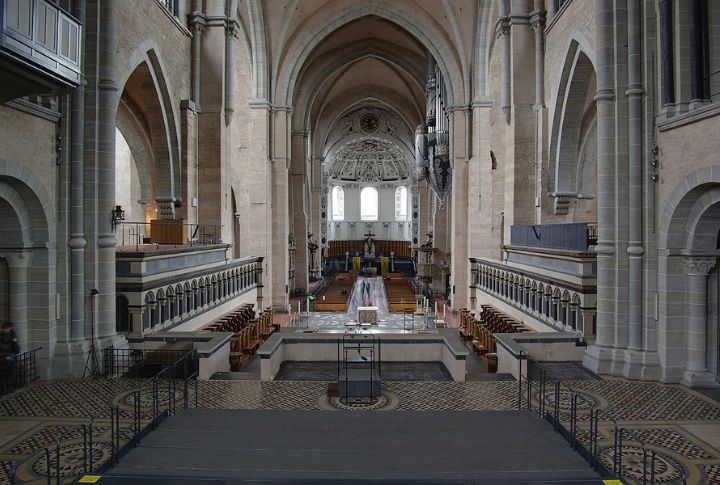
Not all of Trier’s history is to be celebrated. In the late 16th century, the city was swept by one of the most intense witch hunts in Europe. These trials are a chilling reminder of the darker times and make for a spine-tingling tale!
Trier’s Amphitheatre: From Gladiators to Live Shows

From gladiator battles to festive concerts, Trier’s ancient amphitheater has transformed into a bustling cultural venue. Today, you can enjoy a live performance in the very space where Roman spectators once cheered on their champions. It’s history alive and kicking.
The Electoral Palace: Baroque Beauty in Trier
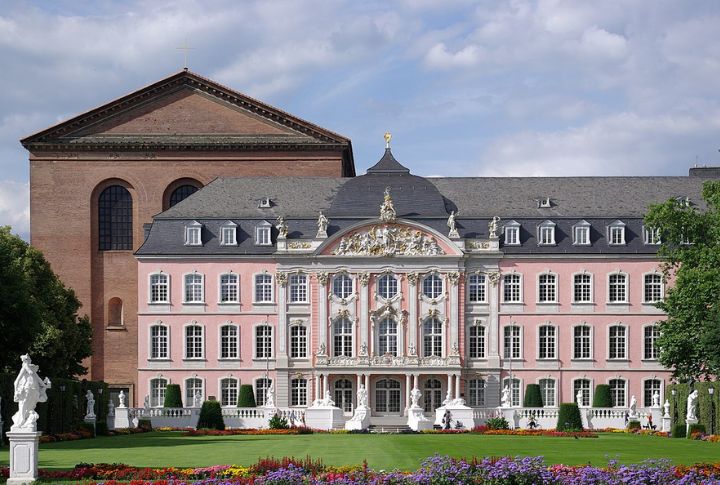
One might easily think the Electoral Palace is a scene from a fairy tale. Its stunning baroque architecture, paired with beautifully manicured gardens, makes it a visual feast and a photographer’s paradise. Be sure to capture the magic—one picture just won’t be enough!
Trier’s Christmas Market: A Historic Festive Tradition
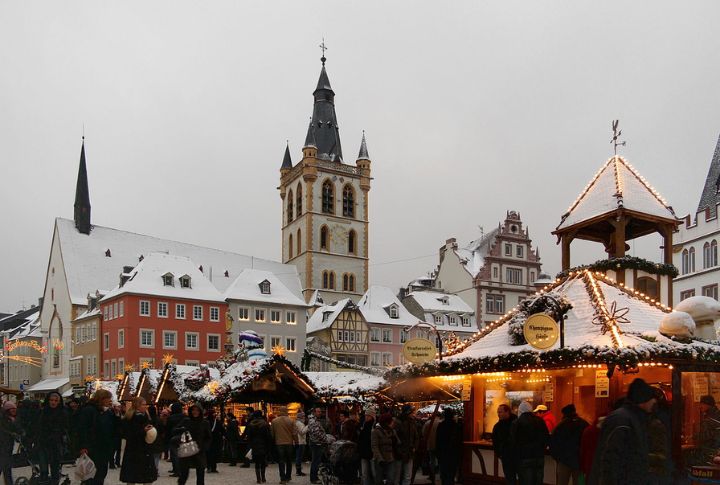
There’s no place like Trier for the holidays. Its Christmas market is set against a backdrop of ancient Roman and medieval buildings, offering a unique festive experience. Hot cocoa, crafts, and historic scenery—what more could you ask for in December?
